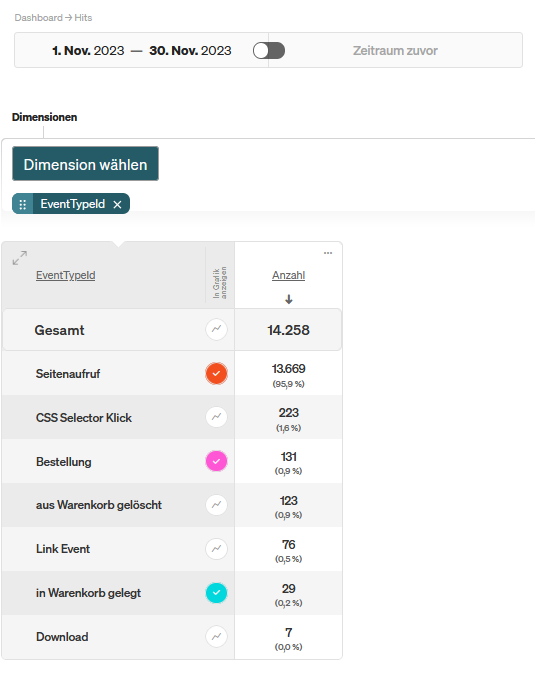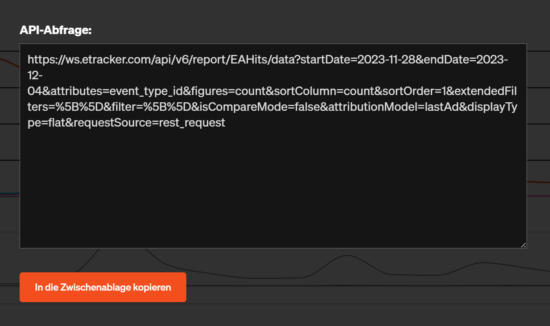Keeping an eye on hits

by Katrin Nebermann
Keeping an eye on hits
In web analytics, hits are neither about popular music tracks nor boxing hits, but about successfully transmitted measurements of website or app interactions. The term hits was already used in the early days of web analytics, when these were still very simple visitor counters and were also referred to as “hit counters”.
In etracker Analytics, hits essentially comprise* measured page views and events**.
These events are counted as hits:
- Automatic, CSS selector or scripted click and view events.
- eCommerce list, watch list, shopping cart and order events.
- Consent dialog fade-ins with activated etracker consent manager.
*In addition, there are these special cases:
- Campaign redirects (etracker redirects) can also be used to measure campaign clicks that do not lead to your own website, but to third-party websites. These very special redirects also count as hits.
- Ad views, which can be measured optionally, are each weighted as 1/3 hit.
**The following events are not counted as hits:
- (external and internal) Campaign clicks, as these are associated with page views.
- The eCommerce event “product viewed”, as it is usually also associated with a page view.
- The automatic scroll measurement, because this is transmitted in bundles thanks to caching.
This rule of thumb can be used as a basis for calculating the monthly hit quota:
Number of visits (sessions) per month x 5 = number of hits per month
Because on average:
- 4.6 pages viewed per visit and
- 0.2 events triggered per visit
The engagement per visit and the granularity of the event measurement naturally varies from website to website. The number of measured and expected hits can therefore be viewed in the dashboard at any time.
There is also a detailed list by hit or event type. To do this, click on Go to report in the dashboard or select Dashboard → Hits in the report menu:

You can use the calendar function to view any past periods:

Customers who have a joint hit quota for several accounts as part of a collective license can use the interface function for a complete overview and merge the data from several accounts in Excel, Looker Studio or Power BI, for example.
For the API query, simply click on API query at the top right of the report:

And then accept the query:



